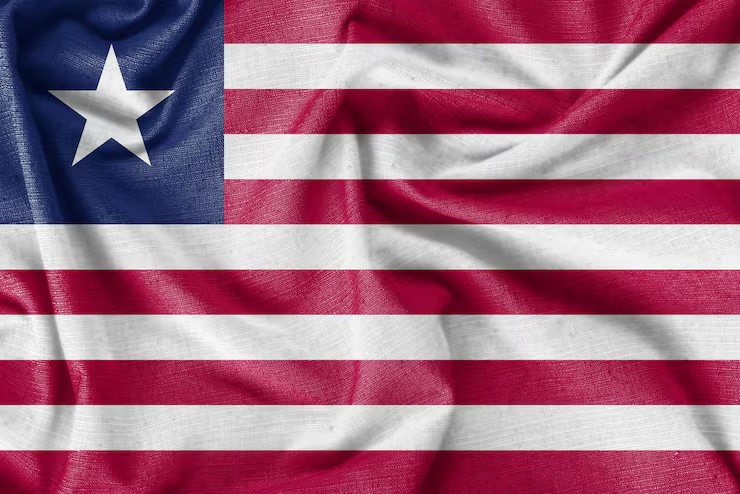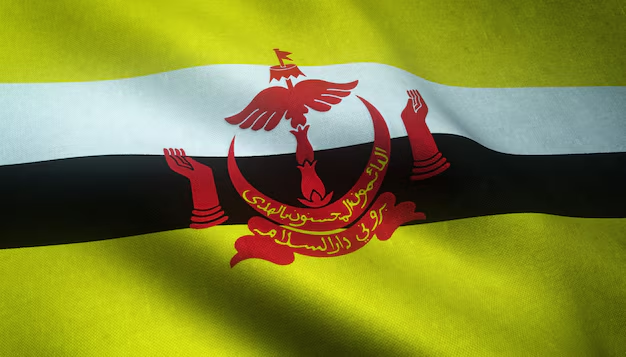Introduction
Driven by agriculture, mining, tourism, textiles and renewable energy resources, Morocco stands as a diversified and growing economy. The country invests heavily in infrastructure as well as automobile manufacturing and aerospace. A subsequent effort is to employ a large portion of the workforce in service and technology sectors. The country also possesses a strategic coastline with a diverse landscape providing a culmination of modern and traditional economic activities spread across the region. Economically, Morocco is an advanced nation in terms of foreign investment and its close ties with Europe holding free trade agreements (FTAs) with Europe and the US. Amidst all this, there also has been an upward bending curve towards financial evolution and adoption of new initiates to accommodate development in the payments and crypto sector. Through this article, let’s find out more about Morocco’s economy, its stakeholders and its movement towards stablecoin and digital asset resources!
Morocco's payment systems
Morcocco’s payment system is an organized one looked over by formal banking by the Central bank (Bank Al‑Maghrib) and powered by HPS Switch, the national payment infrastructure. The routing of financial activities like ATM withdrawals, POS transactions, card based payments, electronic settlements, etc are all facilitated by this infrastructure. Over the years, it has played a pivotal role in modernising payment rails and opening the economy towards digital reforms in the finance sector.
Payment modernization in Morocco, as mentioned above, is overseen by HPS Switch (hightech payment systems), headquartered in Casablanca serving the backbone for the country’s fintech, banks and various payment providers. HPS has transformed from a card processor to a digital enabler along the way supporting real time payments, mobile wallet interoperability clubbed with fraud management. This movement towards digital bank partnerships and taking over on the traditional practices explore the region’s wider global shift towards cross border connectivity, scalability and API and digital asset driven financial ecosystems.
The HPS switch is now crucial to Morocco’s ambitions towards a cashless, digital asset driven economy. TransFi, in Morocco, is a facilitator for modern payment systems made easier, faster and cheaper. Rising from the base set by HPS, this fintech revolution brings forth the easy adaptability of digital wallets in multiple currencies and digital assets blending well with Morocco's payment rails.
Digital Payments & Instant Transfers in Morocco
The current payment infrastructure in Morocco is a stable one. With Bank Al-Maghrib leading the innovation, there have been newer developments in the Central Bank Digital Currency (CBDC) laws which have widely been adopted for domestic and cross border transfers in cooperation with various partner banks. There has been a spark in the crypto finance arena in Morocco in recent times. The traditional banking infrastructure is also a robust one supporting digital payments and internet banking. While cash still remains prevalent, mobile payment tools are gaining traction.
How do traditional payment systems work in Morocco?
- Payment initiation: payer uses bank card, digital wallet or transfer app to initiate payment.
- Routing: transactions are backed through HPS switch which connects networks of banks and payment providers.
- Settlement of transaction: settlement occurs via real time payment rails or batch ACH transfers.
- Acceptance: receiver instantly receives the funds in their bank account or wallet.
(these tractions are secured through fraud monitoring and PCI DSS compliance)
While the settlement and procedure of these transactions are quick, the setting up of accounts, dealing in currencies and unified payment methods might pose a problem and become a hassle. This is where blockchain based platforms like TransFi come in. TransFi introduces the use of digital assets, especially stablecoins like USDC and USDT to make the transactions across borders really quick, safe, transparent and cheap.
Fintechs and Digital wallet adoption in Morocco
Despite low wallet adoption in Morocco by the locals, there has been a high adoption and demand of digital money and regulating platforms by businesses and larger entities. The government is constantly working towards better inclusion strategies for the general folks and better services and platforms for the financially forward sets of the population.
Morocco has been ranked as the third largest fintech hub in the Arab world in 2023, natively hosting over 40 fintech solutions across mobile apps, payment platforms and business tools. This signifies the innovation and open lookout towards digital reforms in the country as well as the honing of equipment to facilitate future proof developments. This paves the path for fintech platforms and stablecoin reforms in the country making a better position for the economy in the global market.
Digital Supremacy with TransFi
We're a rising platform among the global leaders of stablecoin and digital asset finance enabling cross border payments via blockchain infrastructure in its best form through stablecoins. Its integration with the Moroccan financial ecosystem is particularly beneficial for;
- Multinational companies based out of Morocco seeking low cost payroll for employees across the globe.
- Startups managing their treasury in digital assets.
- Freelancers and remote workers in emerging digital economies.
- Workforce acquiring remittance services in the region.
Transfi provides a one stop solution for stablecoin and digital asset transaction across border and a blockchain infrastructure at viable means to accommodate;
- Seamless on ramp and off ramp services between local currencies and stablecoins is made easy with an intuitive platform.
- A wide reach to global remote teams with compliance ready payout rails.
- Stablecoin wallet to hold and exchange currency at convenience.
- API integrations, multiple currencies, payment methods and multi chain networks for international clients.
Transfi's solutions cater to the industries thriving in Morocco and aiding its movement towards a better financial future ready with digital equipment to stand strong in the global economy.
Also read: Stablecoin Payments in Monaco: Luxury Real Estate and Crypto Wealth Management
Conclusion
Morocco’s payment ecosystem is in transformation. What seems to be a culmination of various methods to move towards digitization is actually directed towards a greater step. This opens opportunities for newer businesses and platforms to emerge and grow in this richly cultured country. TransFi is helping the many countries in the global realm embrace a better future with the ease of the best services and interface at power by connecting users with over 100+ currencies, 250+ local payment methods, and 80+ digital assets, giving both senders and receivers control, speed, and cost savings.
Frequently asked questions (FAQs)
- What's the safest way to accept and initiate cross border payments in Morocco?
The safest way to accept and initiate payments from across the world is through Transfi. We comply with the highest level of PCI DSS security standards through tech like tokenization, which hides transaction details in transit.
- What are the benefits of using stablecoins for payments in Morocco?
Digital dollars like USDT and USDC provide price stability, speed, and global accessibility. They help reduce remittance costs, eliminate FX losses, and give unbanked users a way to receive and use money digitally.
- How do traditional payment systems work in Morocco?
- Payment initiation: payer uses bank card, digital wallet or transfer app to initiate payment.
- Routing: transactions are backed through HPS switch which connects networks of banks and payment providers.
- Settlement of transaction: settlement occurs via real time payment rails or batch ACH transfers.
- Acceptance: receiver instantly receives the funds in their bank account or wallet.
(While the settlement and procedure of these transactions are quick, the setting up of accounts, dealing in currencies and unified payment methods might pose a problem and become a hassle).
- How does Transfi facilitate stablecoin integration?
Transfi provides integration with crypto and stablecoin for making payments and receiving money in the easiest way possible by helping users with on-platform conversions and withdrawals of digital dollars. It supports USDC and USDT for companies and businesses as well as general cross border monetary exchange. They give the benefit of lower fees and super fast settlements.
- What are the benefits of USDC and USDT payments over traditional bank transfers?
- USDC is directly pegged to dollars making it stable.
- It accommodates faster settlements than traditional bank transfers.
- It provides transparency for flows because of its infrastructure on the blockchain.
- It provides protection from the volatility of fx and euros applicable for international transactions.
Table of Contents
Suggested Article
Explore our products

Make global payments at the speed of a click

Accept payments, remove borders.

Unlock Seamless Digital Currency Transactions Anywhere








.png)














